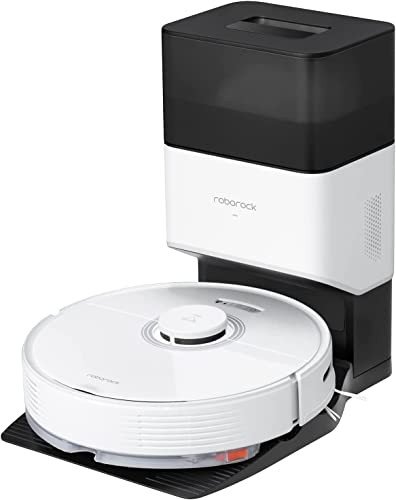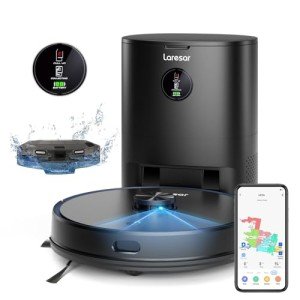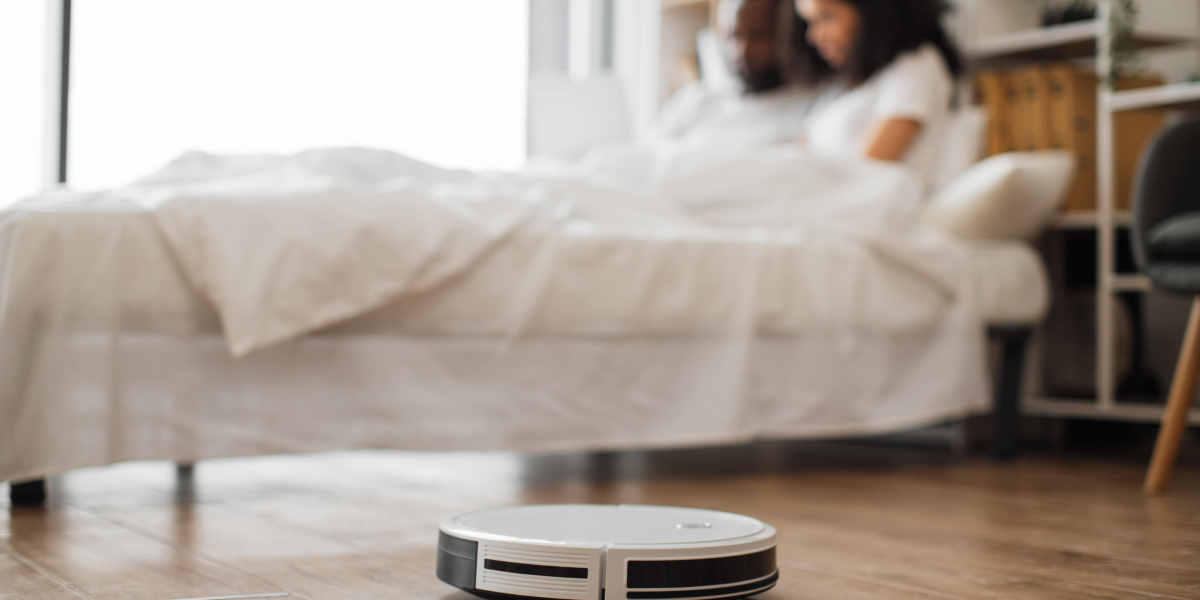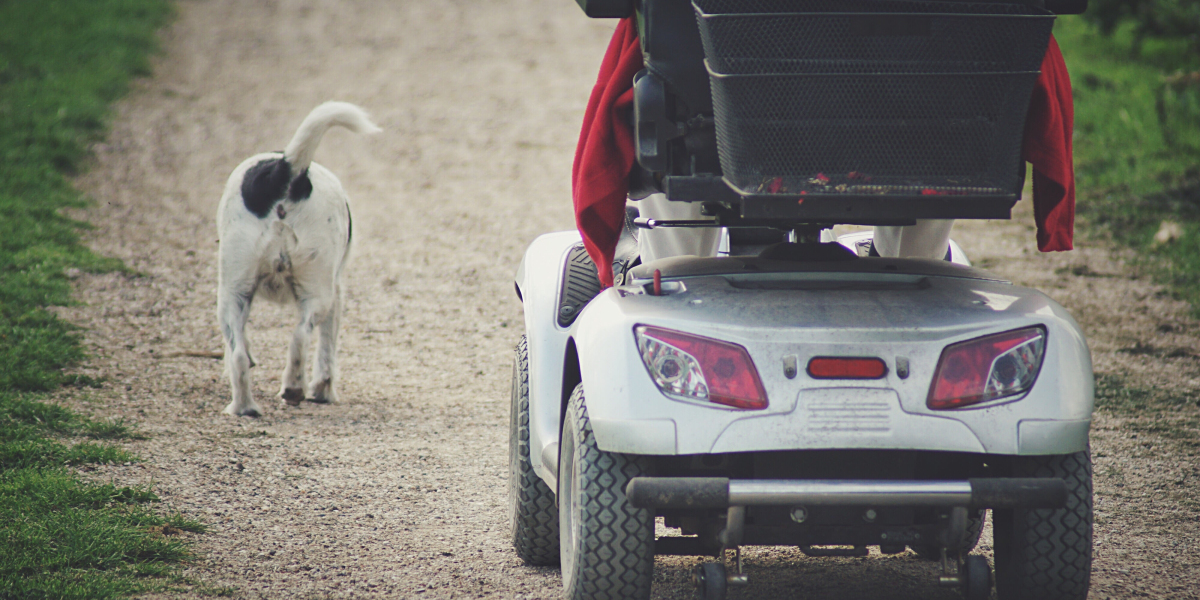
In the realm of home automation, few devices have gained as much popularity and utility as robotic vacuums. These intelligent cleaning machines have revolutionized the way people maintain their homes, offering convenience, efficiency, and a level of automation that was once the stuff of science fiction. As technology continues to advance, robotic vacuums are becoming more sophisticated, reliable, and affordable, making them a must-have for many households. This article explores the history, features, benefits, and potential future of robotic vacuums, providing a comprehensive overview of these innovative cleaning solutions.
A Brief History of Robotic Vacuums
The concept of automated cleaning devices has been around for decades, but it wasn't until the early 2000s that robotic vacuums became commercially viable. The first widely recognized robotic vacuum was the iRobot Roomba, introduced in 2002. Initially, these devices were rudimentary, with basic navigation systems and limited cleaning capabilities. However, they quickly gained attention for their ability to clean floors without human intervention, freeing up time for other activities.
Over the years, advancements in robotics, artificial intelligence (AI), and sensor technology have significantly improved the performance of robotic vacuums. Modern models are equipped with more advanced navigation systems, better suction power, and a variety of smart features that make them more effective and user-friendly. Today, robotic vacuums are available from a wide range of manufacturers, each offering unique features and designs to meet the diverse needs of consumers.
Key Features of Robotic Vacuums
Navigation Systems
- Random Bounce: Early models used a random bounce pattern to cover the floor, which was often inefficient.
- Laser Navigation (LIDAR): Advanced models use LIDAR (Light Detection and Ranging) to create a detailed map of the home, allowing for more precise and efficient cleaning.
- Vision-Based Navigation: Some models use cameras to navigate, recognizing obstacles and areas that need cleaning.
Suction Power
- Basic Models: Offer moderate suction power, suitable for light cleaning.
- High-Performance Models: Feature powerful suction, capable of handling heavier debris and pet hair.
Battery Life
- Short Battery Life: Early models had limited battery capacity, requiring frequent recharging.
- Long Battery Life: Modern models can operate for up to two hours on a single charge, covering larger areas.
Dust Collection Systems
- Bagless: Most models use a dustbin that can be easily emptied.
- Self-Emptying: Some high-end models are equipped with a self-emptying base, which automatically empties the dustbin into a larger collection bag.
Smart Features
- WiFi Connectivity: Allows users to control the vacuum remotely via a smartphone app.
- Voice Control: Compatibility with smart home assistants like Amazon Alexa and Google Assistant.
- Scheduled Cleaning: Users can set specific times for the vacuum to clean automatically.
- Virtual Walls and No-Go Zones: Prevent the vacuum from entering certain areas of the home.
Design and Size
- Compact: Most robotic vacuums are designed to fit under furniture and in tight spaces.
- Aesthetics: Modern models come in various designs and colors to match home decor.
Benefits of Robotic Vacuums
Convenience
- Automated Cleaning: Robotic vacuums can clean floors without the need for manual operation, saving time and effort.
- Remote Control: WiFi connectivity allows users to start, stop, and schedule cleaning from anywhere using a smartphone app.
Efficiency
- Thorough Cleaning: Advanced navigation systems ensure that the vacuum covers all areas of the floor, including hard-to-reach spots.
- Multiple Cleaning Modes: Different modes (e.g., edge cleaning, spot cleaning) allow for customized cleaning based on specific needs.
Consistency
- Regular Cleaning: Scheduled cleaning ensures that floors are consistently clean, reducing the build-up of dirt and allergens.
- Low Maintenance: Requires minimal upkeep, such as occasional filter cleaning and dustbin emptying.
Environmental Benefits
- Energy Efficiency: Modern models are designed to be energy-efficient, reducing electricity consumption.
- Reduced Chemical Use: Since they use physical suction and brushes, there is less reliance on chemical cleaning agents.
Pet-Friendly
- Pet Hair Removal: High-suction models are particularly effective at removing pet hair and dander.
- Pet Scheduling: Some models can be set to clean when pets are not home, ensuring a clean environment for both pets and humans.
FAQs About Robotic Vacuums
Q: Are robotic vacuums effective in cleaning all types of floors?
- A: Yes, most robotic vacuums are designed to handle various floor types, including hardwood, tile, and carpet. However, some models are better suited for specific surfaces, so it's important to choose one that fits your home's needs.
Q: Can robotic vacuums navigate around furniture and obstacles?
- A: Modern robotic vacuums are equipped with advanced sensors and navigation systems that allow them to avoid obstacles and navigate around furniture. However, it's still a good idea to move larger items or clutter before starting a cleaning cycle.
Q: How often do I need to empty the dustbin?
- A: The frequency depends on the dustbin capacity and the amount of dirt and debris in your home. Most models have a dustbin that can last several cleaning cycles before needing to be emptied.
Q: Do robotic vacuums require regular maintenance?
- A: Yes, while they are low-maintenance, it's important to clean the filters, brushes, and dustbin regularly to ensure optimal performance. Consult the user manual for specific maintenance instructions.
Q: Can I use a robotic vacuum in a multi-story home?
- A: Some models are designed to handle multi-story homes, with features like stair detection and mapping capabilities. However, it's important to ensure that the vacuum can safely navigate between floors and that there are no gaps or hazards that could cause it to fall.
Q: Are robotic vacuums safe for pets and children?
- A: Yes, most robotic vacuums are designed to be safe around pets and children. However, it's important to supervise young children and pets during the first few uses to ensure they are comfortable with the device.
Best Practices for Using Robotic Vacuums
Pre-Cleaning Preparation
- Clear the floor of any small objects, cables, or loose items that could obstruct the vacuum.
- Move larger furniture or items that the vacuum might struggle to navigate around.
Regular Maintenance
- Clean the filters and brushes after every few cleaning cycles to prevent clogging.
- Empty the dustbin regularly to ensure the vacuum operates at full capacity.
- Check the vacuum for any signs of wear and tear, and replace parts as needed.
Understanding the App and Settings
- Familiarize yourself with the smartphone app to control and schedule cleaning.
- Adjust the settings to fit your home's specific needs, such as setting no-go zones or edge cleaning preferences.
Maximizing Battery Life
- Charge the vacuum fully before use to ensure it can complete the cleaning cycle.
- Use the eco mode or lower suction power for less demanding cleaning tasks to conserve battery.
Cleaning Multiple Rooms
- Use virtual walls or no-go zones to prevent the vacuum from entering rooms that don't require cleaning.
- For larger homes, consider purchasing a model with a long battery life or a self-emptying base.
The Future of Robotic Vacuums
The future of robotic vacuums looks promising, with ongoing developments in AI, sensor technology, and robotic design. Here are some potential advancements to look forward to:
Enhanced AI and Machine Learning
- Adaptive Cleaning: vacuums will be able to learn and adapt to the specific cleaning needs of each home, optimizing cleaning cycles and reducing energy consumption.
- Improved Obstacle Recognition: AI will enable vacuums to better recognize and avoid obstacles, reducing the risk of damage to furniture and the vacuum itself.
Integrated Home Automation
- Smart Home Integration: Robotic vacuums will become more integrated with other smart home devices, allowing for seamless coordination and control.
- Automated Floor Recognition: vacuums will be able to detect the type of floor they are cleaning and adjust their settings accordingly.
Extended Functionality
- Mopping Capabilities: Some models already offer mopping in addition to vacuuming, and this feature is likely to become more common.
- Multi-Tasking: Future models may be capable of performing other household tasks, such as dusting or even fetching items.
Increased Efficiency and Sustainability
- Energy Efficiency: Advances in battery technology will make robotic vacuums more energy-efficient, reducing their environmental impact.
- Recyclable Materials: Manufacturers may start using more environmentally friendly materials in the construction of robotic vacuums.
User Experience Enhancements
- Voice-Activated Cleaning: Improved voice recognition will make it easier to control the vacuum with simple voice commands.
- User-Friendly Interfaces: The user experience will continue to improve, with more intuitive apps and user interfaces.
Robotic vacuums have come a long way since their inception, and they continue to evolve to meet the changing needs of modern households. With their combination of convenience, efficiency, and smart features, these devices are more than just a novelty—they are a practical solution for maintaining a clean and healthy home. As technology advances, robotic vacuums are likely to become even more integrated into our daily lives, offering even greater benefits and functionality. Whether you're a busy professional, a pet owner, or simply someone who values a clean home, a robotic vacuum is a worthwhile investment that can transform the way you clean.
For those considering purchasing a robotic vacuum, the key is to choose a model that fits your specific needs and budget. With a wide range of options available, there is a robotic vacuum out there that can meet the demands of any home. By following best practices and staying informed about the latest advancements, you can make the most of your robotic Automatic Vacuum Cleaner Uk and enjoy a cleaner, more automated living space.









